Reportar esta entrada
Más sobre la misma comunidad-colección
Mural ubicado en el interior del Centro Lincoln en la zona central de El Paso.
Local artist Carlos Enrique Flores touring the inside of the ...
Retrato del Presidente Abraham Lincoln en el interior del Lincoln Center
Local artist Carlos Enrique Flores touring the inside of the ...
Mural en el Chamizal National Memorial
Photo of the mural painted by local artist Carlos Enrique Flores ...
Mural en el Chamizal National Memorial
Original version of the first panel of the mural located at the ...
Artista Carlos Enrique Flores pintando un mural alrededor de 1980
Local El Paso Artist Carlos Enrique Flores in the process of ...
Hijo del artista de pie frente al mural del Chamizal
Photo of the artist's son standing in front of the mural located ...
Mural en una sala de videojuegos pintada en la década de 1980
Mural painted in an arcade located in east El Paso during the ...
Construcción de una sala de videojuegos en el este de El Paso en la década de 1980
Photo of a video arcade being built in the 1980's. Artwork ...
Familia del artista de pie frente al mural en el Chamizal
Photo of the family of local El Paso artist Carlos Enrique ...
Artista Carlos Enrique Flores trabajando en un retrato
Local El Paso artist Carlos Enrique Flores working on a pastel ...
Artista Carlos Enrique Flores trabajando circa 1979
Local El Paso artist Carlos Enrique Flores working on a portrait ...
Madre e hijo en el centro comunitario San Juan
The wife and son of local El Paso artist Carlos Enrique Flores ...
Mural en el Fox Fine Arts Building en UTEP circa 1979-1980
Mural painted in the Fox Fine Arts Building at the University of ...
Artista local Carlos Enrique Flores trabajando en el mural del Chamizal
Local El Paso artist Carlos Enrique Flores at work on the Mural ...
Casa de la familia Flores después de una lluvia
Home of artist Carlos Enrique Flores taken after a rain in far ...
Recuerdos en Kodachrome de mis padres
Photo of Carlos and Consuelo Flores taken on their motorcycle in ...
Retrato de la esposa de un artista - El Paso, Tejas
Portrait done in pastel of local El Paso artist Carlos Enrique ...

















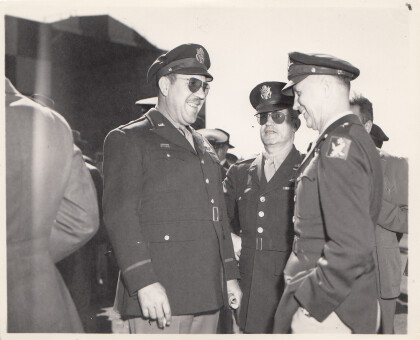
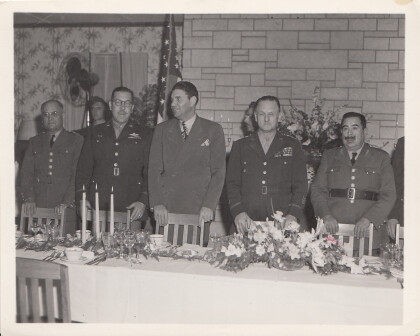
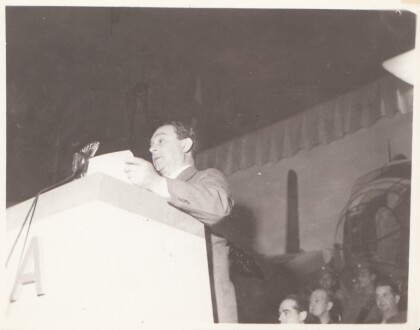
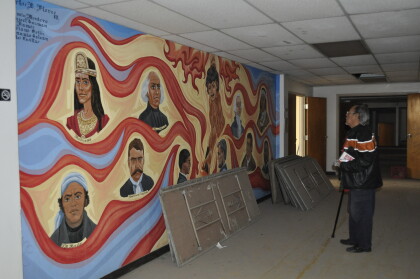
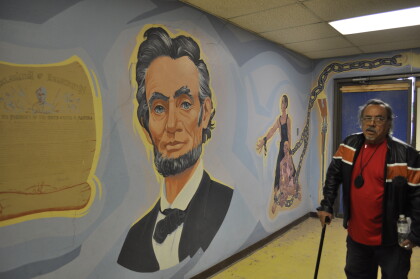
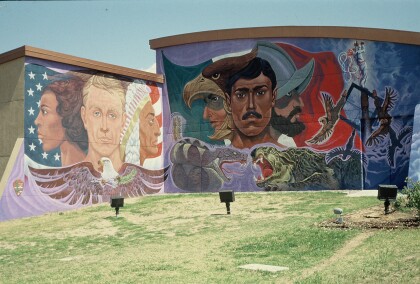
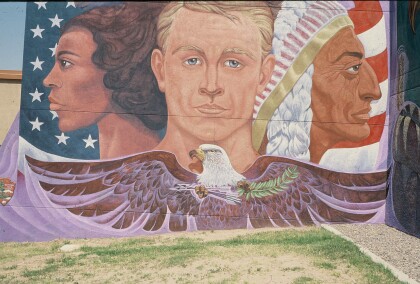
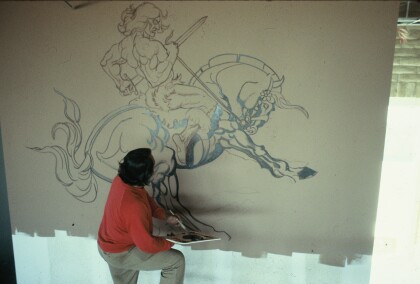
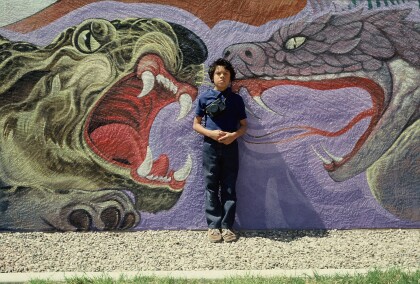
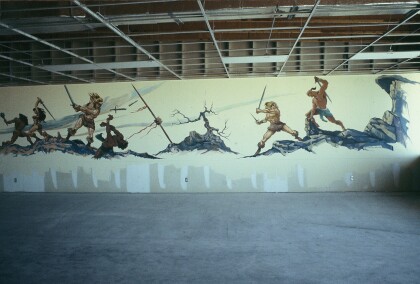
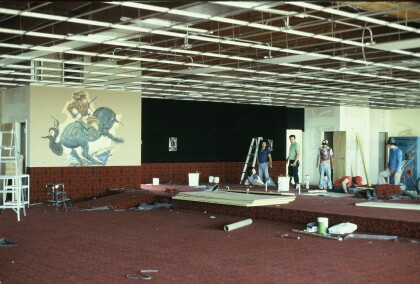
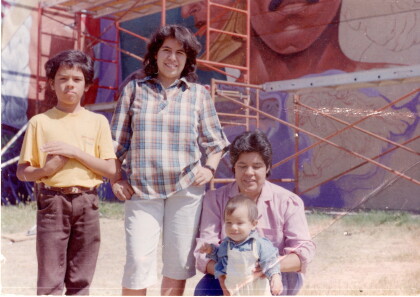
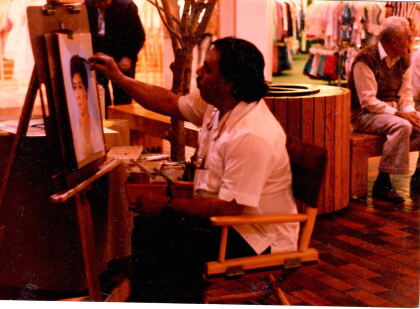
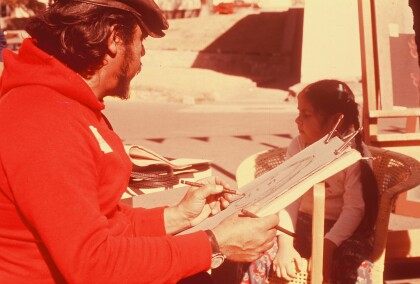
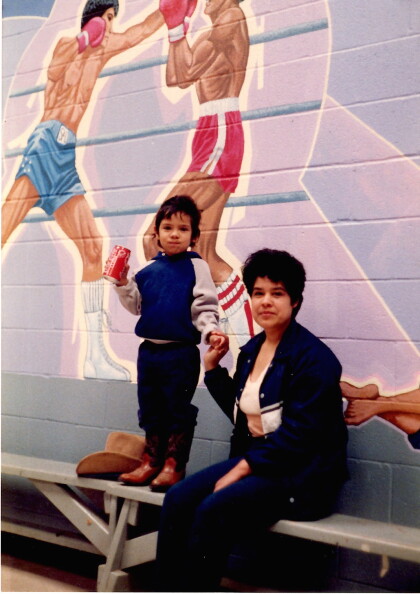


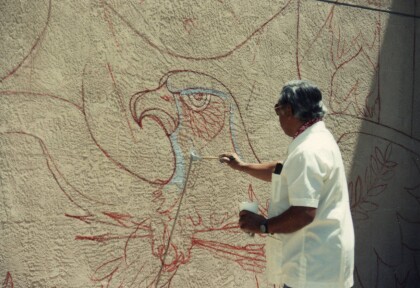
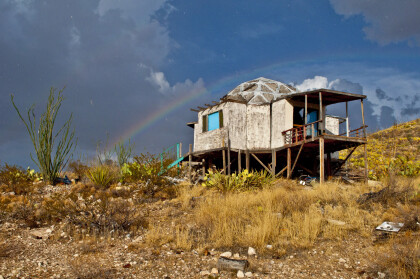
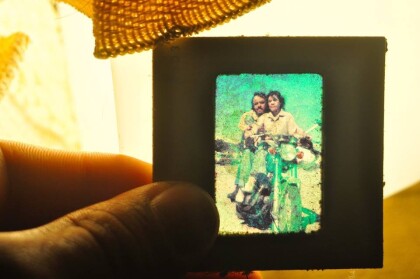
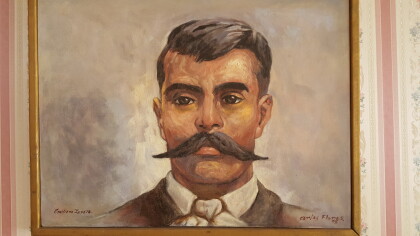

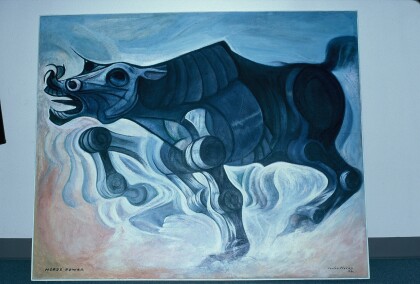
Comentarios
Hacer un comentario